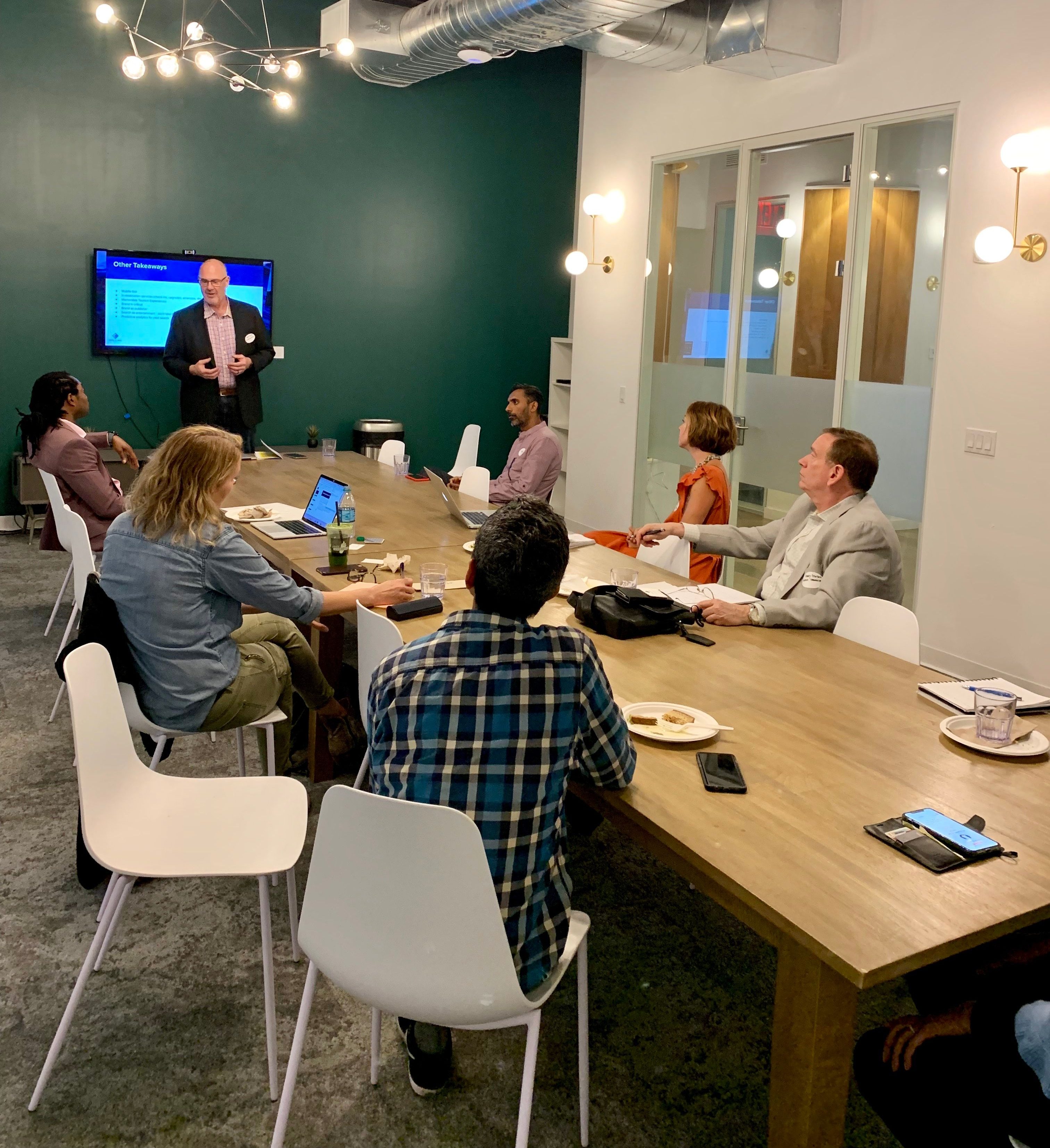Galileo Tech Media and the NYC Travel & Hospitality Marketing Professionalshosted a Lunch and Learn NYC travel marketing event that highlighted key insights from the VoyagerTravel Disruption Summit. Joseph McElroy and Erin Miller looked at how consumer personalization and technological improvements can increase conversion rates for travel brands. Here are some of the takeaways, along with some insight into how marketers should target travelers during different moments of the booking process.
How Moments Inform Decisions
Whether they’re planning family vacations or weekend getaways, modern consumers are meticulous about crafting the best possible experience. This leads to a lot of comparison shopping across channels, companies, destinations, dates and levels of service.
Travel brandscan better engage consumers and inspire more conversions by sourcing, optimizing and packaging relevant information that speaks to travelers in more personal ways, based on the distinctive micro-momentsthey are experiencing throughout the booking process.
“I want to get away”
As they begin to explore possibilities, travelers move through different planning stages which are best described as micro-moments. It usually begins with “I-want-to-get-away” moments, when they first imagine what their vacations will look like and start searching for options that will support these visions.
According to Google, when they first start dreaming about their trips, about 80 percent of leisure travelers haven’t even considered a specific airline or accommodation. Because they are not yet dedicated to any individual brand, travelers at this stage are more open to options.
This presents big opportunities for travel marketersif they can engage in personalized ways that make a lasting impression. To better engage consumers during their “I-want-to-get-away” moments, marketers can leverage impactful marketing strategies which include destination descriptions, useful travel stories, high-quality images and compelling travel videos.
“Time to make a plan”
Once their visions have crystallized a bit more, travelers tend to move into “Time-to-make-a-plan” moments, where they get proactive about dream realization. During these micro-moments, travelers are more likely to begin comparing prices and start reading hotel reviews. They may also begin looking at flight schedules and activities in their desired destinations.
To reach consumers who have progressed to this state of planning, travel marketers might focus more on local search by optimizing geo-specific content for keywords or by implementing a Google Hotel Ads campaign. They should also consider focusing more on mobile advertising, since people increasingly turn to devices for planning assistance during the plan-making moments of their travel journeys.
“Let’s book it”
Once they’ve completed their research, travelers are all set to book their trips. During their “Let’s-book-it” micro-moments, modern consumers are more likely to put down their mobile devices and log onto their laptops. Much of this is related to anxious feelings about getting the absolute best price; but it also has a lot to do with limitations in mobile travel booking applications.
Marketing during these moments relies heavily on search, as travelers do a last-moment check of prices, schedules and suitability before they finally book. Marketers can also create example itineraries with lots of information and pricing, along with actionable “Book Now” or “Contact to Book” buttons to help travelers take initiative to seek more information or book directly through the travel brand.
“Can’t wait to explore”
Once they’ve booked their trips, travelers will experience one final important micro-moment. Dubbed the “Can’t-wait-to-explore-it” moment, this stage refers to the period in which travelers aren’t sure how to fully experience their destinations.
According to Google, 85 percent of travelers don’t know what activities they will try until they actually reach their destinations. This presents big opportunities for travel brands to continue reaching out as travelers look up information about restaurants, attractions, landmarks and local events.
Marketers can engage confirmed travelers during this important micro-moment by providing tour descriptions, festival and fair listings, downloadable destination guides and other hyperlocal content. Travel brands can also encourage these consumers to download their mobile apps, which should provide easily digestible content that can further enhance a trip.
Making Moments Count
Online interactions are increasingly shaping how travelers dream up their next trips. To effectively engage consumers, marketers should look for ways to reach travelers during the four important micro-moments. This means removing any technological barriers that prevent consumers from booking through mobile devices. It also means looking for creative ways to engage the traveler during the “Can’t wait to explore” micro-moments, either through check-ins, upgrades, amenities, dining, tours, experiences or some other type of in-destination service. Marketers should also look for ways to create and deliver emotion-evoking content during each micro-moment to increase the chances of Memorable Tourism Experiences (MTEs) which can help boost brand loyalty.
We’re excited to host more informative travel SEO eventsin coming months!






